|
In the 1800s and 1900s, millions of immigrants came to this country hoping to escape religious and social discrimination, political unrest, and financial struggles. In the following stories, you will learn about three immigrants who believed America would provide them unlimited opportunities. Their achievements would ultimately impact the cigar industry in Tampa and the world. ARTURO FUENTE CIGAR COMPANY Arturo Fuente was born in Güines, Cuba, in 1887 to Federico and Rosario Marrero Fuente. He grew up with his six brothers and sisters when the small island attempted to gain independence from Spain. Arturo's father knew how to grow tobacco and manufacture cigars, and, at a very early age, Arturo learned an art that would be useful to him in the future. At age 15 in 1902, Arturo left on a ship to Key West, Florida, where he joined his sisters who had left Cuba earlier. He worked as a cigar maker in different cigar factories and in 1910, moved to Tampa. In 1912, a 25-year-old Arturo opened a cigar factory in West Tampa called A. Fuente Cigars. The company grew to 500 cigar workers and was highly successful, but catastrophe occurred twelve years later. While Arturo was on a tobacco-buying trip to Cuba in 1924, the factory caught fire and burned. Unfortunately, the insurance Arturo carried was not enough to cover his losses. A man of his word, Arturo swore he would pay back his creditors, and he went back to work as a foreman for several cigar manufacturers. It would not be until 1946 that Arturo would again try his hand at operating his own cigar business. He started rolling cigars on the back porch of his home on 13th Avenue in Ybor City, surrounded by his chickens and cows. As his operation grew, he had to add on to the back of the house several times, eventually moving his cigar rolling inside. He taught his two young sons, Arturo Jr and Carlos, the art of blending tobacco and making handmade cigars. When they came home from school, each was expected to roll 50 cigars before they could go outside to play. Arturo would convince family, friends, and neighbors to come to the house in the evening after work to help him. It was common for people in the neighborhood to see the Fuente family putting their furniture out on the front porch to make room inside the house to work. Arturo's wife, Christina, assisted in the cigar-making and cooked dinner for everyone. Once the work was completed, the furniture would be moved back inside. The lights at the Fuente home would be on most evenings until 12 or 1 A.M. In the mid-1950s, the factory was relocated to a two-story wooden structure at 2708 N. 18th Street in Ybor City. The family lived upstairs, and the factory was downstairs. At this time, Arturo was in his late 60s and wanted to slow down. He had been in the cigar business all his life, and he felt it was time for the next generation of Fuentes to take over. Through the years, his youngest son Carlos was most interested in cigar making. Arturo wanted his son to take over the business, and Carlos agreed but wanted to do it legally by purchasing it from his father for $1. Since he needed more room, Carlos found an old cigar factory in Ybor City that was for sale. The red brick building he found had been built in 1895 and was the previous home of Charles the Great Cigar Company. The purchase was made, and A. Fuente Cigar Company had a new home. Carlos Sr's son and daughter, Carlito and Cynthia, grew up learning the cigar business just as their father had done and became part of the business. Although retired, Arturo continued to share his wisdom and knowledge about cigars and tobacco with his family. Then, at age 85, on February 11, 1973, Arturo Fuente, master cigar maker, died. The loss would be difficult for those who knew and loved him. However, he left behind a legacy of hard work and passion for cigar making that his children and grandchildren carry on today. Even before Arturo passed away, the Fuentes faced complex challenges in the cigar industry. The U.S. economy was hurting, and finding skilled labor became difficult. Machines were taking over, and cigar makers skilled at hand rolling cigars were becoming rare. In addition, because of the Cuban embargo years earlier, tobacco prices had risen. As a result, cigar manufacturers actively looked outside the U.S. for new resources to produce cigars. Carlos knew he had to leave Tampa, so he mortgaged his home and raised as much money as possible. He later learned he would face complex challenges as he started his factory in Nicaragua. Political unrest occurred, and Sandinista rebels burned his cigar factory. Feeling it would be best to leave this war-torn country, he started a company in Honduras, but fire eventually destroyed that factory. Most people would have given up at this point and moved back home, but Carlos remembered that his father did not let fire defeat him, and neither did he. He found property in the Dominican Republic, an excellent place to rebuild Tabacalera A. Fuente y Compania. During the mid to late 1980s, Fuente's handmade operations continued to grow in the Dominican Republic, and business demands made it difficult to continue their machine-made brands in Tampa. Carlos approached J.C. Newman Cigars to see if they would be interested in producing their machine-made cigar brands. During these discussions, the Newman’s asked if Carlos would be interested in manufacturing some handmade cigars for them. A partnership was created, and both families have continued their strong business relationship over the years. Tabacalera A. Fuente prospered, and a strong reputation was built in the world of cigar making. However, Carlos Sr’s son, Carlito, was always looking for new challenges and came up with an idea to take the business in a new direction. He went to his father and said he wanted to make a cigar using all Dominican tobacco, including the wrapper. Critics had long noted that conditions on the island would not allow the growth of quality wrappers; others had tried and failed. Nevertheless, Carlos Sr believed in his son and encouraged him to pursue his idea. The Oliva family of Oliva Tobacco had always supported the Fuentes and agreed with Carlito that the wrapper could be successfully grown. They owned land with fertile soil in Caribe, approximately one hour from Santiago, and offered to grow wrappers. The land was purchased. Chateau de la Fuente Tobacco Plantation was born and produced its first wrapper crop in 1992. It was a huge success, and the critics were forever silenced. International cigar experts reported that the Fuente wrapper leaves were of excellent quality. Carlos, his son Carlito, and his daughter Cynthia continued to operate Tabacalera A. Fuente y Compania. As a result, Chateau de la Fuente has become one of the most successful and beautiful tobacco plantations in the world today. On August 5, 2016, Carlos Fuente Sr, the patriarch, and longtime chairman of Tabacalera A. Fuente y Cia., died in Tampa, Florida. He was 81 years old and was surrounded by his family at the time of his death. He is still considered to be one of the greatest cigar makers in the world! OLIVA TOBACCO COMPANY Angel Oliva was born in 1907 in Remates de Güines, Cuba. Angel's father, Juan Francisco Oliva, was a tall, strong man with a strict work ethic who toiled on tobacco farms to support his wife Casimira and his 11 children. When Angel was six years old, he would ride his small black horse to and from school each day and, once home, would help his father collect manure for two cents a bag. In fourth grade, Angel quit school to work full-time to help the family. He made 40 cents a day keeping chickens from food crops and helped his father on the tobacco farm. At age 12, he found employment in a general store where he worked, ate, and slept seven days a week for two years. His father then found him a better-paying job in another store. Angel later said he did not regret growing up without toys or playtime. His early struggles taught him the real value of things, a tremendous work ethic, and a sense of responsibility. At age 18, Angel decided to go to the United States to find work. He did not want to leave his family, but he knew it was what he had to do. At first, his father objected, but Angel's older brother Santiago intervened and was able to convince their father to let Angel leave. On July 10, 1925, Angel's family came to the dock at Havana harbor to see him off. His brother Santiago hugged him and stuffed $50 into his shirt pocket. Angel was touched by his brother's kindness and never forgot all his brother did to help him with his dream of going to America. On July 10, 1925, Angel's family came to the dock at Havana harbor to see him off. His brother Santiago hugged him and stuffed $50 into his shirt pocket. Angel was touched by his brother's kindness and never forgot all his brother did to help him with his dream of going to America. It took two days before his ship reached the Port of Tampa, and upon arrival, he felt fear and panic but calmed himself down by thinking, "You are here, and this land is yours to conquer." Adolfo Diaz, a friend of his brother-in-law, met him at the ship and invited him to his house. Angel was introduced to Adolfo's young daughter Estela who was called "Meca." Angel instantly fell in love with her, but she was very young, and it would be six years before they would marry. Angel needed to find work and brought some letters of introduction that helped him secure a job in a grocery store. He worked six days a week from 7 A.M. until 7 P.M., making $7 a week plus meals. Part of his job responsibility was to cook meals and make deliveries on horseback. With the money he made, he secured room and board for $1.50 a week and paid 75 cents a week to a professor to teach him English. With the money he saved, Angel eventually opened a laundry, but, unfortunately, he and 14 other laundries soon went out of business. Then, a friend found him working in a warehouse selling and storing tobacco for $20 a week. An elderly gentleman owned the company, and after working for him for a while, Angel found out the man owed more money than he was making. However, Angel wanted to help him and worked out a deal with two brothers (Emilio and Jose Suarez) who provided raw materials to the factory. Because of his business smarts, he was able to generate profits for the gentleman's business. He hoped he would someday be asked to be a partner in the business. Angel continued to court Meca through the years; she had grown into a beautiful woman. Finally, it was time to ask her to marry him, and their wedding took place on December 22, 1932, at St. Joseph's Church in West Tampa. Two sons, Angel Jr, and John would later be born. Angel's friendship with the Suarez brothers grew. In 1934 they suggested Angel open his own tobacco business. When Angel asked them to become his partners, the business was incorporated as Oliva Tobacco Company. The partnership was successful, but five years later, one of the Suarez brothers died, and the other decided to retire. Angel purchased their shares and became the sole owner of Oliva Tobacco Company. Angel then asked his brothers Martin and Marcelino to join the business. In 1945 Angel opened a new company in Cuba called Excelsior Tobacco Company with two of his close friends. Business was good as they marketed large amounts of the increasingly popular "Candela" (green) Cuban wrappers from the San Luis area of Cuba. At this time, 95 percent of the tobacco his company used came from Cuba, and profits grew. They were now a significant force in the cigar tobacco business and supplied almost every manufacturer with some part of the raw material used in their cigars. Fidel Castro came to power in Cuba in the late 1950s, and Angel feared the worst. He needed to liquidate his company and look to other countries to purchase raw materials. He chose Honduras. He then used tobacco grown in Quincy, Florida, and the Connecticut valley to replace the Candela wrapper, no longer available from Cuba because of the embargo. Later operations began in Nicaragua, Costa Rica, Ecuador, and the Dominican Republic. In 1979 the Sandinistas came to power in Nicaragua, and Oliva concentrated his efforts in Ecuador to produce wrappers. In 1970 Angel's youngest son John, with a degree in industrial engineering, joined the business. He knew if he did not do so, his father might sell, and John wanted to avoid seeing that happen to the family business. So, in 1974, his oldest son Angel, Jr left his career as an architect and came to work with his family. Father and sons worked side by side and continued building Oliva Tobacco Company into the successful and respected company it is today. The Oliva Tobacco Company operations are in the old Garcia y Vega Cigar Factory in West Tampa. The next generation of Oliva's is now part of the business–John's son, John Jr, and Angel's son Angel III. Oliva Tobacco supplies tobacco to some of the world's best cigar makers like Punch, Arturo Fuente, La Gloria Cuban Cigars, General Cigar, and Altadis. In addition, Oliva owns farms in Nicaragua, Honduras, and Ecuador, growing nearly 2,000 acres of tobacco yearly and brokering more. Angel Oliva, the young boy who made his dreams come true, died in 1996 at 88. Angel knew he would die and, a few months before, reflected on his life in his dictated writing. This is an excerpt: I always told my family that the business was always first in my life. This sounds like a harsh comment until analyzed and understood. Our business has been the vehicle that has carried us and many others on a wonderful ride through life. It has allowed us to achieve and do better than we could have ever imagined or hoped for. Its success has allowed us to look within ourselves, recognize the things that are truly important, and act on those things. J.C. NEWMAN CIGAR COMPANY Julius was born in 1875 to Samuel and Hannah Newman into a family of six brothers and sisters. Like most Jewish families living in Austria-Hungry at the time, they faced various discrimination. Other family members had relocated earlier to America, and now the Newman’s had decided to join them. Their ship sailed in 1889 to Baltimore, Maryland, when Julius was 14. Upon arrival, they took a train to Cleveland, Ohio, and settled there. Julius and his brothers were expected to work, but that would be a difficult task since Julius needed help to speak English. He finally found an apprentice position in a buckeye (small cigar shop) that employed eight workers. The cost for his apprenticeship was $20. He was responsible for observing the cigar makers, sweeping the floors, hauling coal, and buying beer for the workers. After four months of training, he began rolling his cigars and made $3.60 his first week–which he promptly gave to his mother. In the late 1800s, the economic crisis resulted in a financial panic. Factories closed, and Julius was out of work. He tried the cigar industry in New York for a while, then returned home and decided to go into business for himself. He searched around his home, found some old boards and metal, and made a cigar-rolling table, a cutting board, and a blade. He purchased tobacco with the saved money and set up a one-person operation in his parents' unheated barn. The cold Ohio winter soon forced him to move his operation inside the house, where his tobacco had to share space with his mother's fruit cellar. Then one day, his mother opened a jar of her canned jellies and discovered they had taken on a strange taste– tobacco! So, Julius had to find another place to manufacture his cigars quickly. He next rented space in a new building for $20 a month, hired five workers, and production began again. His business expanded as he built capital by purchasing raw materials from suppliers who extended credit, then sold his cigars to customers who paid immediately. As a result, at age 28, Julius Newman opened the largest cigar factory in Cleveland. The first brand of cigar his factory produced was named "A-B-C," inspired by the Cleveland streetcar that serviced the suburbs of Akron and Bedford. Three years later, "Dr. Nichol" was introduced, combining domestic and imported tobacco, and then "Judge Wright" became Cleveland's leading 5-cent cigar. Julius applied for citizenship, and the clerk advised him he needed a middle name. She suggested Caesar; from then on, he was known as J.C. Newman. He had been thinking for a long time that he needed to start a family, and at age 34, he met Gladys Pollasky. Gladys' ancestors had also come from Austria-Hungary, and they found they had many things in common. J.C. and Gladys married in 1909, and four children would follow: Helen, Elaine, Stanford, and Millard. In the late 1920s, J.C. merged his company with the Mendelsohn Cigar Company, and a new company was formed–M & N Cigars. Then, in the late 1930s, J.C. was able to purchase Mendelsohn's shares, thereby becoming the sole owner of M & N. Business was good, and J.C. was happy living with his family in Cleveland with little thought of moving elsewhere. When World War II broke out, his sons Stanford and Millard served in the military, but once the war was over, they came to work with their father full-time. J.C. always dreamed his sons would someday help him in the business, and now it was happening– life was good. While on a trip to Tampa in 1953, J.C. came up with the idea that would change the whole complexion of his company. He found an empty cigar factory in Ybor City that was for sale. The Regensburg Factory was known to cigar workers as "El Reloj" (the clock) because of its large, looming clock tower. He was 78 years old when most people were slowing down, but not J.C. He was looking at ways to expand the business. He knew cigars made in Tampa from Cuban tobacco could sell for higher prices of 20 to 25 cents each. The market was excellent, with a good climate and proximity to Cuba. After extensive deliberation, he moved his factory operation. It became a subsidiary of M & N and was called Standard Cigar Co. Four years passed, and the company was highly profitable. J.C.'s decision to come to Tampa had worked out well for the Newman’s. Then tragedy struck. On April 30, 1958, while driving home from work, J.C. had a stroke. He made it home, and a doctor was called, but he passed away at 82. The patriarch of the family was gone. The loss of J.C. was difficult for the family, especially for Stanford. He lost not only his father but his mentor. Fortunately, Stanford had developed a close friendship with Karl Cuesta of the respected Cuesta-Rey Cigar family, who had become a close advisor. In a conversation one day, Karl expressed his concern for the future of Cuesta-Rey. He was getting up in years and wanted to ensure his family's well-known brand would continue after he passed away. Stanford knew one of his father's wishes was to produce a premium cigar label, so he offered to purchase the company. Karl agreed, and contracts were signed in 1958. The Newman’s were now able to establish themselves as a premium cigar manufacturer. Stanford later said, "The purchase of Cuesta-Rey was the most important acquisition in our company history." The company continued operation throughout the 1960s and 1970s, but running the family business became increasingly difficult. Fourteen relatives owned shares and differed in how the business should be run. By 1986, Stanford knew the company had to change to remain profitable. So, after negotiations with all involved, he acquired the entire interest in the company from his relatives. From this date forth, Stanford and his sons Bobby and Eric would run the company. In 1990 they formed a business alliance with the Fuente family to handle all distributions of Arturo Fuente cigars and sales for both companies. They were already making Fuente machine-made cigars, and in return, Fuente was making some of their handmade cigars, so this was just another good business relationship between the two families. Together they created FANCO, known today as Fuente Newman Premium Cigars, LTD. This company is the exclusive distributor for the famous Arturo Fuente, Montesino and Fuente, and Fuente OpusX cigar brands in the United States. Today J. C. Newman Cigar Company is America's oldest family-owned cigar company. They market Cuesta-Rey, Diamond Crown, Diamond Crown Maximus, Quorum, La Única, and Rigoletto Handmade. The future is bright as the 4th generation Newman’s are poised and ready to become involved in the family business. On August 17, 2006, Stanford J. Newman, chairman of the J.C. Newman Cigar Co., died. He was 90 years old. CONCLUSION Arturo Fuente, Angel Oliva, and J.C. Newman faced many challenges with their families through the years–personal hardship, war, economic depression, revolution, fire, hurricanes, and the Cuban embargo, to name a few. However, all three had one thing in common–the ability to adapt to whatever hardship they faced, not to give up, and to become stronger! The family was necessary, and they shared their knowledge of the cigar and tobacco industry with their children and grandchildren. They built security so their families would have a comfortable life and not have to struggle as they had done. These three exciting men have all passed away, but their contributions to the tobacco industry and Tampa will never be forgotten. We salute their success! CIGAR CITY MAGAZINE- MAY/JUNE 2006 Art & Photography Contributors: Hillsborough County Public Library, Tampa Bay History Center, The Florida State Archives, The Tampa Tribune/Tampa Bay Times, University of South Florida Department of Special Collections, Ybor City Museum Society, private collections and/or writer. LISA AND MARILYN FIGUEREDOLisa M. Figueredo is Founder and Publisher of Cigar City Magazine along with her Aunt Marilyn Figueredo who served as Editor-in-Chief. Read more about these two women here FOLLOW CIGAR CITY MAGAZINE
0 Comments
Your comment will be posted after it is approved.
Leave a Reply. |
Archives
June 2013
Categories
All
|
Cigar City is a Florida trademark and cannot be used without the written permission of its owner. Please contact [email protected]
© 2021 Cigar City Magazine. ALL RIGHTS RESERVED.
© 2021 Cigar City Magazine. ALL RIGHTS RESERVED.

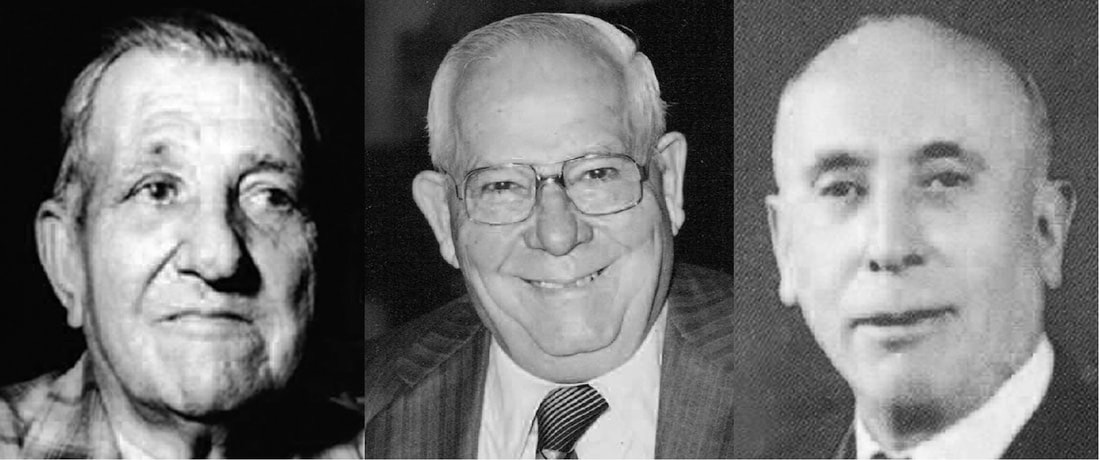
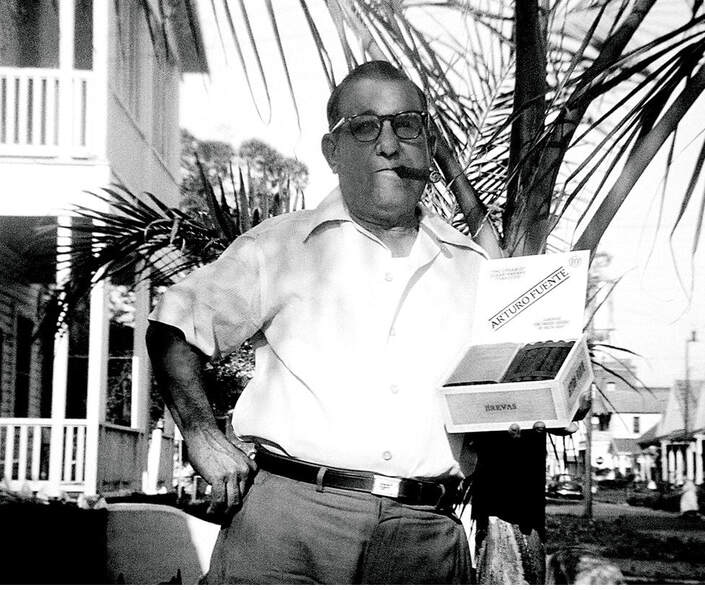
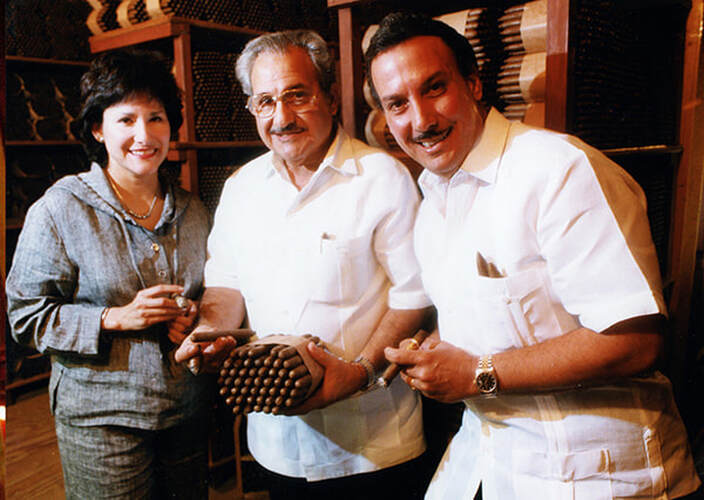
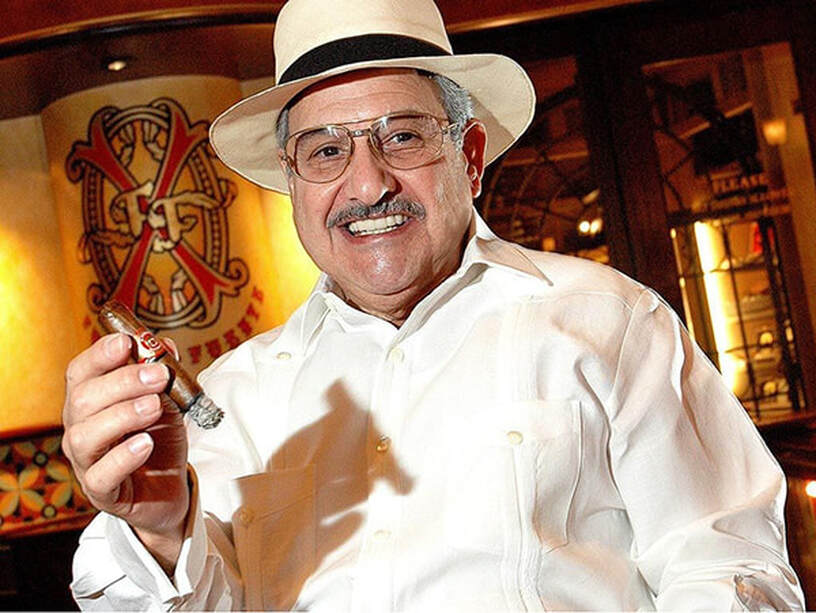
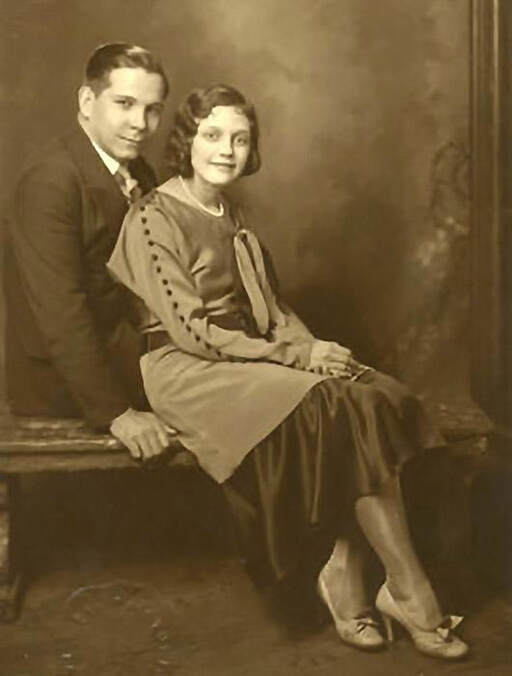
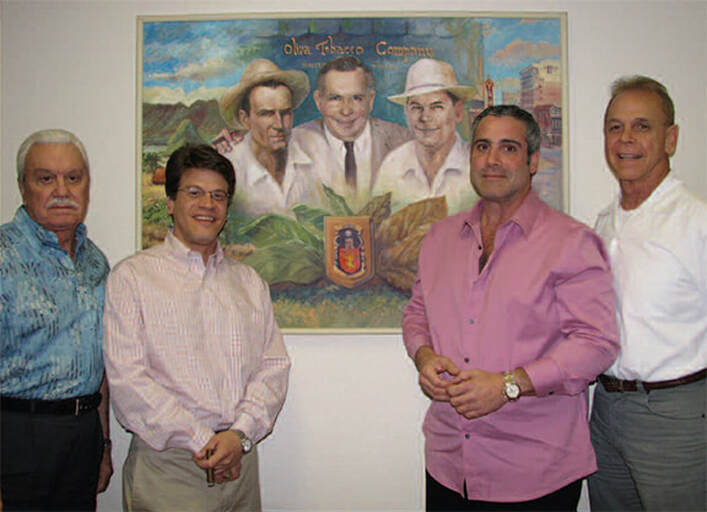
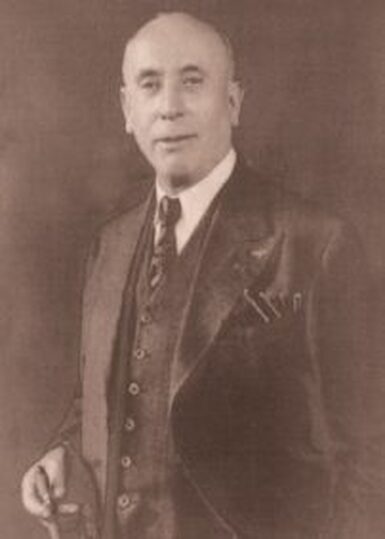
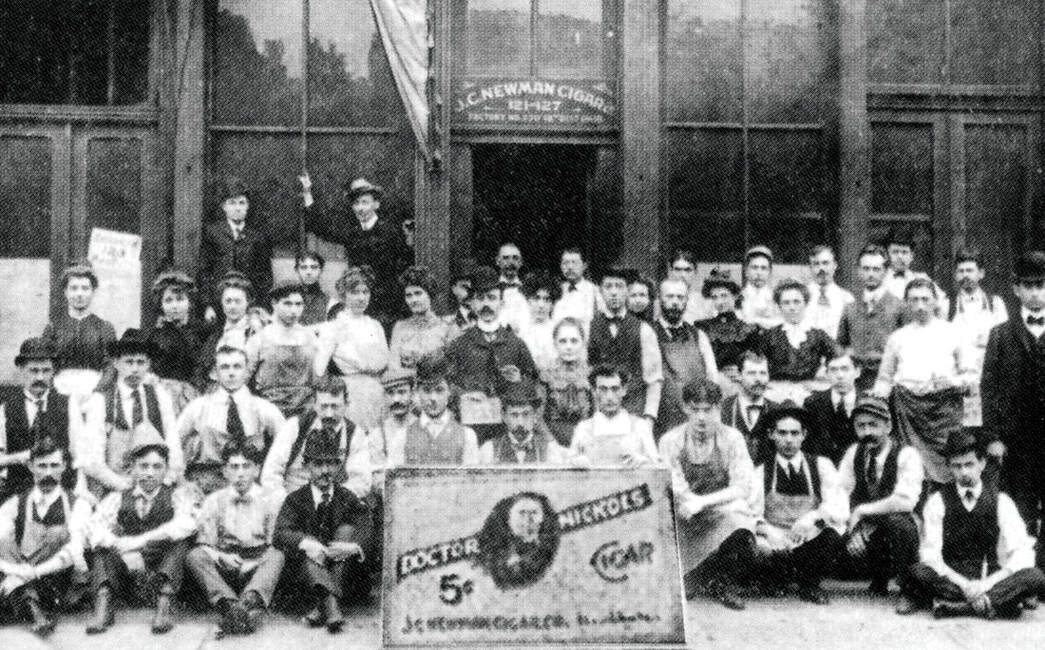
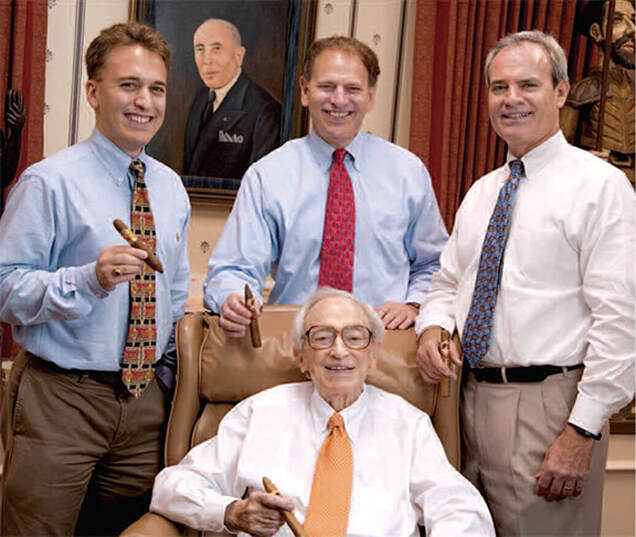
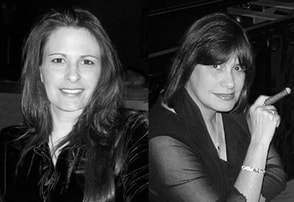
 RSS Feed
RSS Feed